Numismatic History of Himachal Pradesh & The Catalogue of Coins in Himachal State Museum Shimla and Bhuri Singh
Synopsis
A treatise on numismatic history, the book draws evidence from coins in the Himachal State Museum, Shimla and Bhuri Singh Museum, Chamba to recount the history of Himachal Pradesh. The figures and inscriptions on these coins have been painstakingly deciphered to chronologize the period of suzerainty of the various monarchies. In the citation of the Huntington Medal awarded to Dr. Parameshwari Lal Gupta in 1988 by the American Numismatic Society, New York, he has been described as 'the most productive numismatisist of our time' who has played 'a leading role in the furtherance of numismatics in India' for the last 35 years and is regarded as the doyen of Indian numismatists today'. He has worked in many branches of Indian coinage from the earliest times to the present day with full authority and ease. Anything coming from his pen is, therefore, looked forward and held in high esteem by all interested in the Indian coins. Dr. Gupta was requested by the Himachal Pradesh Government to prepare a catalogue of the coins in the collections of its museums at Shimla and Chamba. He worked on the project for five summers (1978-1982) and observes that "In the course of preparation of the Catalogue, it was realized that it needs an exhaustive introduction, exposing the potentialities of the coins of the Himachal Pradesh as the source of its history. Consequently, to make it more useful, I thought of writing the Numismatic History of Himachal Pradesh itself, instead of any formal introduction. This forms Part I of this work". Part II consists of the catalogue of coins in the Himachal State Museum, Shimla and the Bhuri Singh Museum, Chamba arranged chronologically and dynasty-wise. Part I, though entitled as the 'Numismatic History of Himachal Pradesh', is in reality not restricted to Himachal Pradesh only but is of a much wider interest as it contains the quintessence of Dr. Gupta's views on Indian coins beginning with the punch-marked series down to the Chaklis of Chamba. The two museums got a share of 12 and 25 coins respectively from a hoard discovered from Arki in Solan district in 1973 or so. Dr. Gupta also refers to the discovery of about 52 silver punch-marked coins from Una. It is well-known that the earliest find of the silver punch-marked coins was made in 1853 in Kangra district along with the silver coins of the Indo-Greek rulers Menander, Antimachus II, Antialkidas, Philoxenus and Lysias. The Bhuri Singh Museum, Chamba contains two punch-marked coins which were obtained from the toshakhana of the erstwhile Mandi State. Dr. Gupta expresses the possibility of their having been found from within that state. Such a possibility, however, is not warranted by the facts as no Mauryan site is known in such an interior part as Mandi and that Una and Arki are almost touching the plains and even Kangra is not too deep into the hills. Part II, ie the catalouge of the coins, is very well printed. Dr. Gupta, however, does not take note of the minute differences in the depiction of the motifs of the Kuninda coins of the Chakkar hoard. The hill symbol, for example, is not only six-arched as the author has mentioned, but also ten or even more arched (cf. Pl. V. 14; VIII. 1,10,15 etc.). The wavy line below the arched hill is actually not always wavy; in some instances it is curved while in others it is serrated. More varieties could be distinguished on the basis of the legends also beginning some times with "Raja Kunindasa.....", :Maharaja Kunidasa..." etc.
Read more
16.20
14.58
$
18.00 $
Free delivery Wolrdwidе in 10-18 days
Ships in 2-4 days from New Delhi
Membership for 1 Year $35.00
Get it now and save 10%
Get it now and save 10%
BECOME A MEMBER
Books by the same author


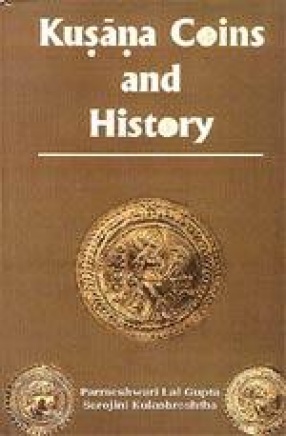
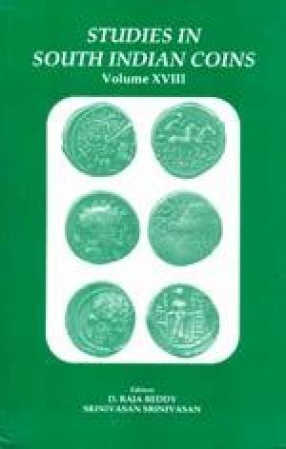
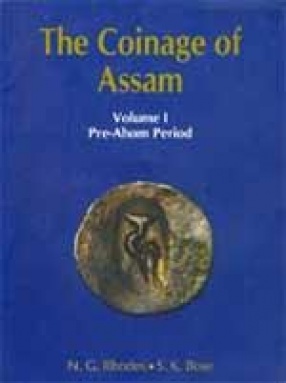
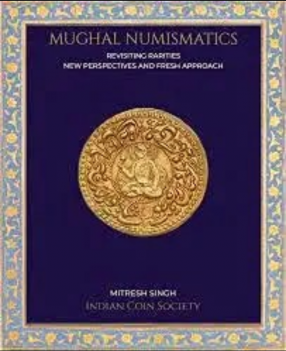
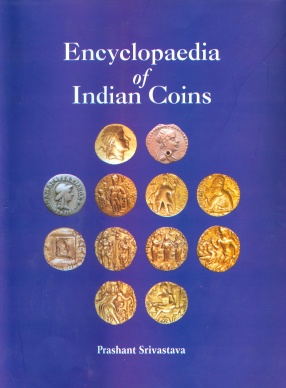

Bibliographic information